Cannabinoid-Bathed Worms Want to Binge on High-Calorie Foods
Veriheal
MAY 16, 2023
Historical sources show that people as early as 300 BCE were aware of cannabis’ appetite-stimulating effects —particularly for sweet and savory food—but who’d have thought that worms (that’s right, worms) also get a case of “the munchies” after being exposed to cannabinoids?

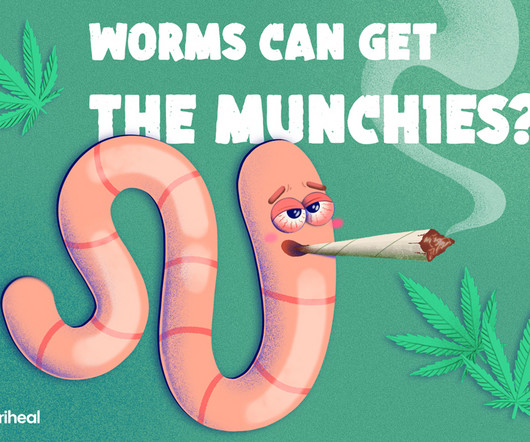
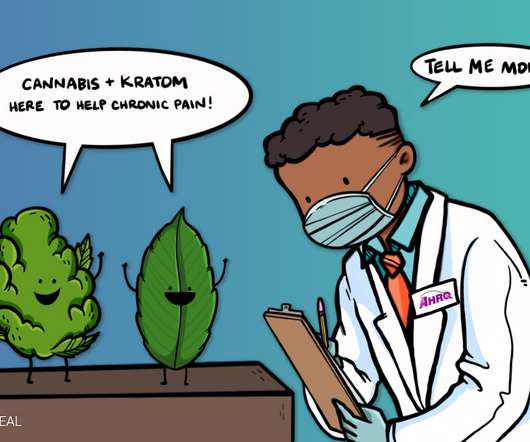

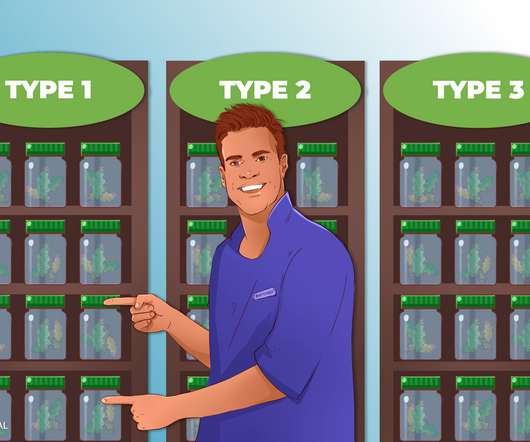
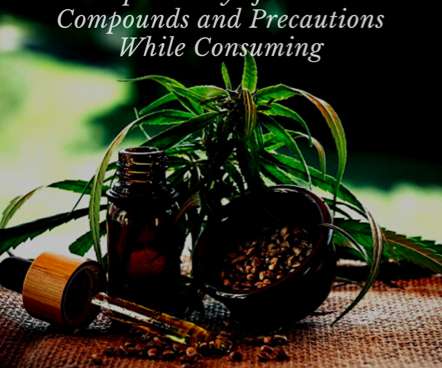

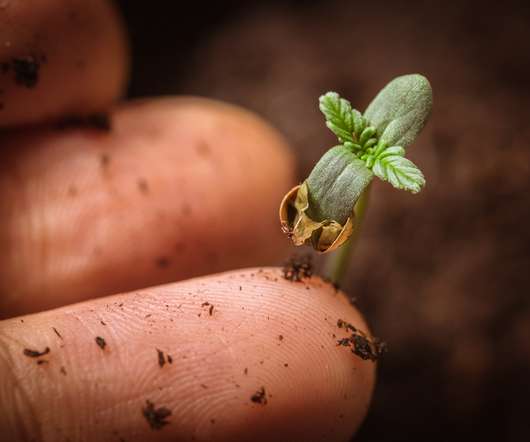






Let's personalize your content